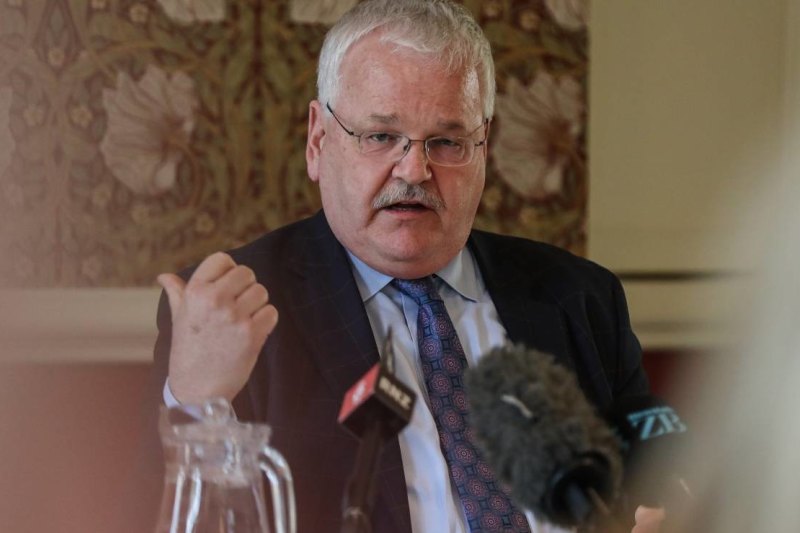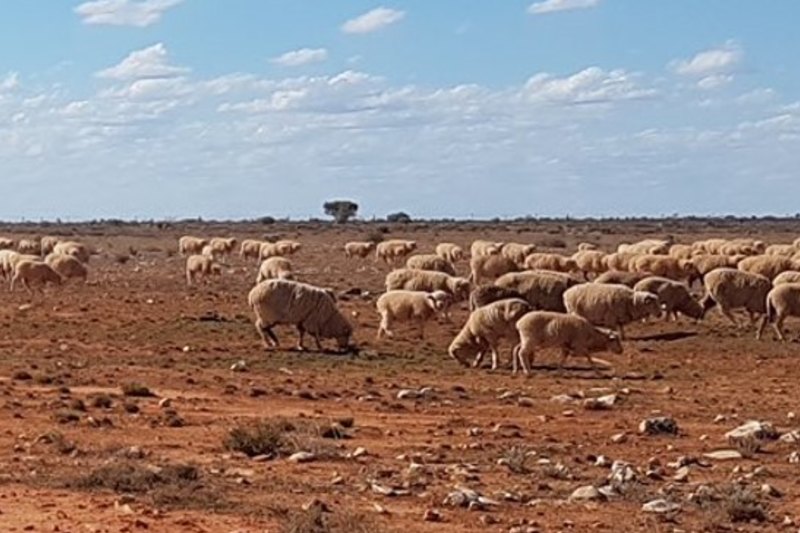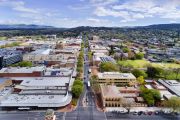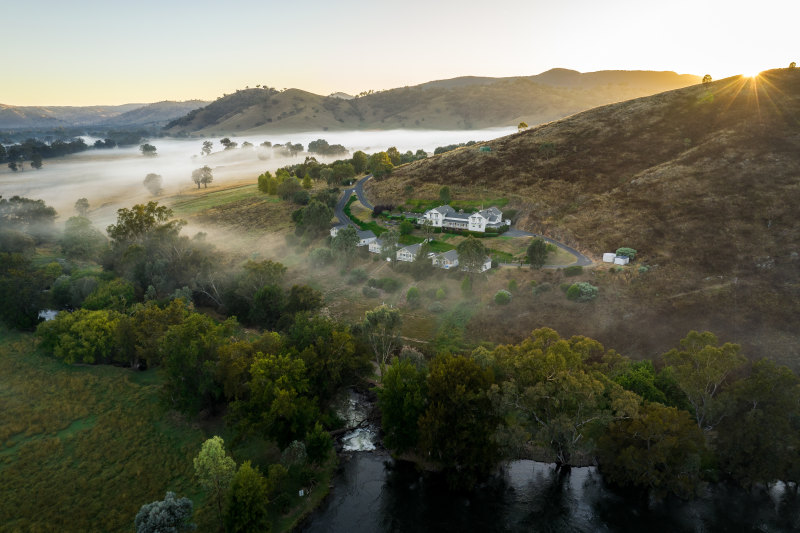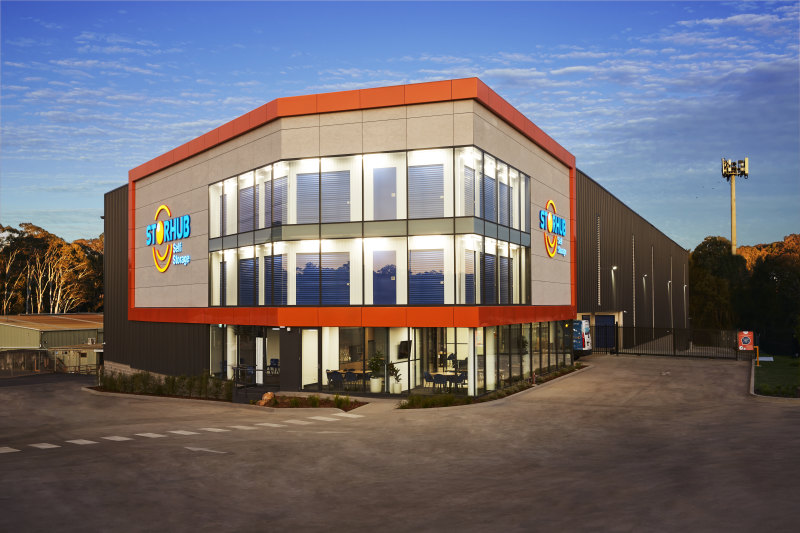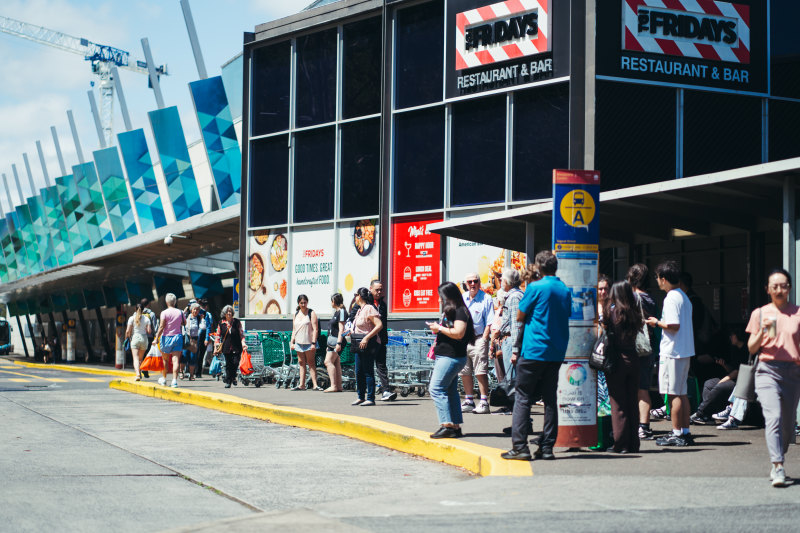
Sydney hotel returns slump as "nervous" operators undercut one another
Hotel returns in Sydney and Perth plunged in the first three months of the year while Melbourne held firm despite absorbing a glut of new supply, new figures from leading hotel researchers STR show.
In Sydney, revenue per available room (revPAR) – the key industry metric calculated by multiplying the average daily rate by the occupancy rate – fell 5.6 per cent over the year to March as hoteliers cut average asking rates from $244 to $232 a night despite very little new supply.
In Perth, which has had to absorb a wave of new hotel openings amid weaker market conditions, occupancy rates fell sharply to 72 per cent from 76 per cent a year ago and asking rates also eased back to $160 night, resulting a revPAR fall of 7.2 per cent.
The declines in Perth and Sydney came despite the tourism boom rolling on this year with the latest official Tourism Australia figures showing 9.3 million visitor arrivals for year ending February 2019 after international visitors spend hit a record $42.5 billion in the year to June 2018.
The STR figures follow the latest Hotel Price Index published by Hotels.com which showed Queensland coastal markets such as the Whitsunday Islands and Port Douglas were experiencing stronger growth in prices paid by international guests than hotel markets like Sydney and the other capital cities.
Leading hotel analyst Dean Dransfield said the decline in Sydney was driven to a degree by “self harm” as operators looked to match the discounted rates offered by their competitors.
“The underlying equation of supply and demand has not changed much. Tourism arrivals are up, stays up and international and domestic spend is up too,” Mr Dransfield told The Australian Financial Review.
“What’s happening is a behavioural response from operators of some hotels, who are feeling nervous about the impact supply has had on other hotels or whose forward bookings are looking weak.
“They see the low prices being offered by some competitors online and are jumping in to match,” he said.
Mr Dransfield said he had witnessed this attitude first-hand on a recent trip to Sydney where the operator of a hotel he stayed in was considering cutting prices to match a competitor.
“This competitor was offering discounted rates of $159 compared with a normal rate above $300 a night,” he said.
‘There’s an attitude that if someone steals your customer by offering a lower rate, you must discount to win them back. It’s an overreaction to business volatility. Owners are a bit trigger happy,” he said.
Melbourne’s hotel market, assisted by a strong calendar of events including the Australian Open in January and Grand Prix in March, showcased its resilience by maintaining high occupancy rate above 84 per cent and lifting average daily rates above $200 a night, the STR figures show. This was despite Melbourne having one of the country’s biggest supply pipelines and a booming Airbnb market.
Brisbane and Adelaide also proved more resilient then both Sydney and Perth over the period, the STR figures showed.
Mr Dransfield said Melbourne was “doing OK” despite Airbnb now accounting for 18 per cent of all hotel rooms while Brisbane was benefiting from new hotels opening at the higher end of the market and a stronger economy.
Sean Hunt, vice-president of Marriott in Australia and New Zealand, said the group continued to monitor the markets “with interest”.
“Whilst we see a downturn in the majority of Australian cities, our portfolio of hotels continues to outperform the market,” Mr Hunt said.
He put this down to Marriott’s revamped loyalty program Bonvoy which now has over 125 million members and strong growth in direct sales in the first quarter of the year, up 25 per cent over the previous quarter.

